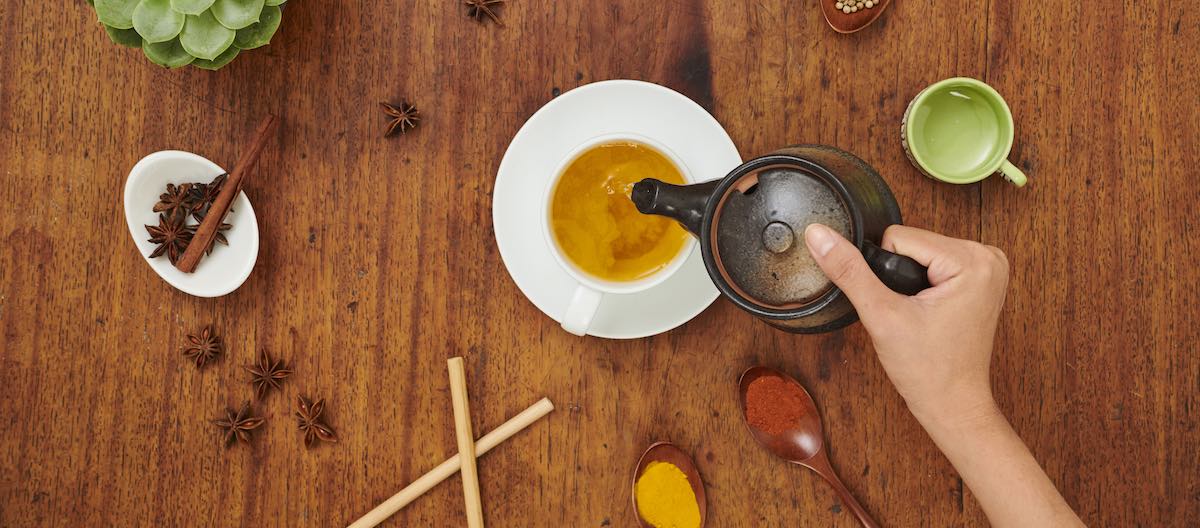BY: Camila Loew
Although you may not believe it at first, teas as different as white, green, and black do not come from different plants. They all stem from the Camellia Sinensis plant, and what makes them different is, in addition to terroir (the soil they are grown in), the ways in which they are processed to achieve their final, ready for consumption state.
The most important difference among tea families is their level of oxidation, i.e. a process that occurs when enzymes called oxydase, which react when the cells of tea leaves are broken, altering their color and flavor.

Hundreds of years of knowledge of tea making have perfected this process, and we now know more about the scientific reasons behind each step along the way. Each category or family of tea responds to a particular processing method, and each one has more or less steps involved in their specific processing. There are six main categories of tea, which can be summed up as follows (without forgetting that each category itself can be broken down into many different types of tea):
Though tea is currently grown and harvested all over the world, China is the true cradle of tea, where it all began. If you are new to the world of tea, please don't feel daunted by the enormous complexity of the tea universe, it's actually just as simple as hot water, a bowl or cup, and some leaves. At Cokare, we are regular tea drinkers, and we do hold quality in high regard. Steeping loose-leaf tea is a very different experience from sticking a tea bag into a cup. Not necessarily complicated, but so much more rewarding for the taste buds and senses in general. If you are unsure how to prepare loose leaf tea, please let Cokare help.
